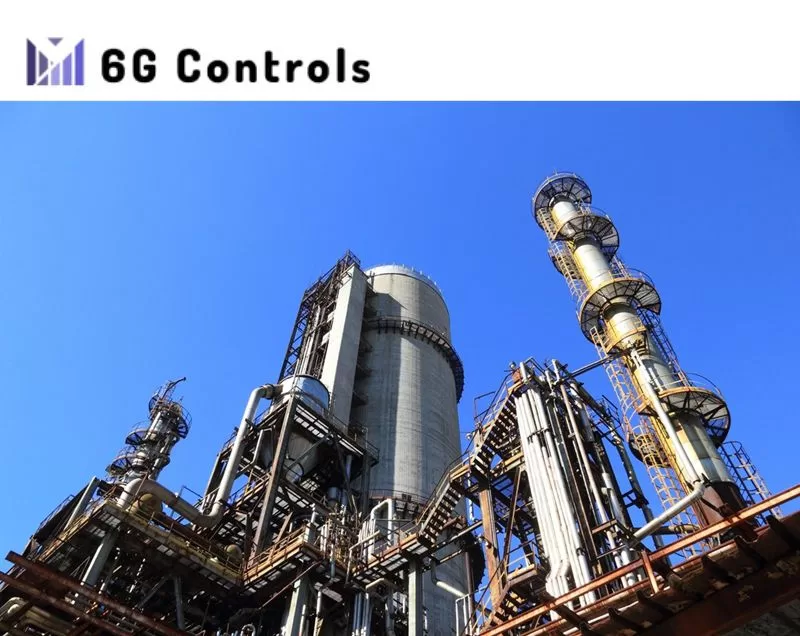The Rise of Open Automation Systems in Industrial Manufacturing
The industrial manufacturing landscape is undergoing a significant shift towards open automation systems. This article explores the driving forces behind this change, the key technologies enabling it, and the benefits it offers to manufacturers.
Why Open Automation?
Traditionally, industrial automation systems have relied on proprietary technologies from specific vendors. This approach has limitations:
- Vendor Lock-in: Manufacturers become dependent on a single vendor for hardware, software, and support, limiting flexibility and potentially driving up costs.
- Limited Innovation: Closed systems restrict the ability to integrate best-of-breed solutions and leverage advancements in open-source technologies.
- End-of-Life Challenges: Managing obsolescence and replacing outdated proprietary hardware becomes a complex task.
The Open Automation Revolution
The demand for more innovative and agile automation solutions is fueling the adoption of open systems. Several key initiatives and technologies are propelling this revolution:
- Open Process Automation Forum (OPAF): This industry consortium defines a standardized reference architecture for process automation, enabling modular integration of components from various vendors.
- NAMUR Open Architecture (NOA): This initiative focuses on easy and secure access to production data, unlocking the potential of smart sensors and field devices.
- OPC Foundation and OPC UA: This organization provides an information exchange standard for secure and reliable communication between industrial devices from different manufacturers.
- UniversalAutomation.Org (UAO): This non-profit association promotes “plug and produce” automation using vendor-independent software components based on the IEC 61499 standard.
Open Standards Deliver Real Benefits
Open automation systems offer a multitude of advantages for industrial manufacturers:
- Reduced Costs: Open systems eliminate vendor lock-in, allowing for competitive sourcing of hardware and software. Additionally, open-source technologies often offer significant cost savings.
- Enhanced Flexibility: Open architectures enable manufacturers to mix and match components from different vendors, creating bespoke automation solutions tailored to their specific needs.
- Improved Innovation: Openness fosters collaboration and innovation within the automation community, leading to a faster pace of development and adoption of new technologies.
- Future-Proofing: Open systems are less susceptible to obsolescence issues, as manufacturers can easily replace outdated components with newer, more advanced solutions.
- Attracting Talent: Modern, open architectures based on familiar IT technologies are more attractive to young engineers, ensuring a skilled workforce for the future of industrial automation.
Openness Overcomes Performance Concerns
One of the main concerns regarding open systems has been their ability to achieve the deterministic performance required for real-time control applications. However, advancements in open-source technologies like Linux and the adoption of event-driven architectures have addressed these concerns. Additionally, initiatives like UAO demonstrate the successful execution of demanding control applications using open standards.
Open Systems – The Future of Industrial Automation
The movement towards open automation systems is gaining momentum. While the complete dominance of open architectures might take some time, a growing number of manufacturers are recognizing the benefits and embracing this transformative approach. For many end users already leveraging the determinism, flexibility, and cost benefits of open IEC 61499-based solutions, open systems are not the future—they are the present.
 6G Controls - Leading Supplier of New & Original PLC 、DCS Parts and Automation Controller
6G Controls - Leading Supplier of New & Original PLC 、DCS Parts and Automation Controller

